Women With Gritt: Emma Sullings From The Happy Boxes Project On The Power Of Beauty Products & Why Remote Australian Communities Need Our Help
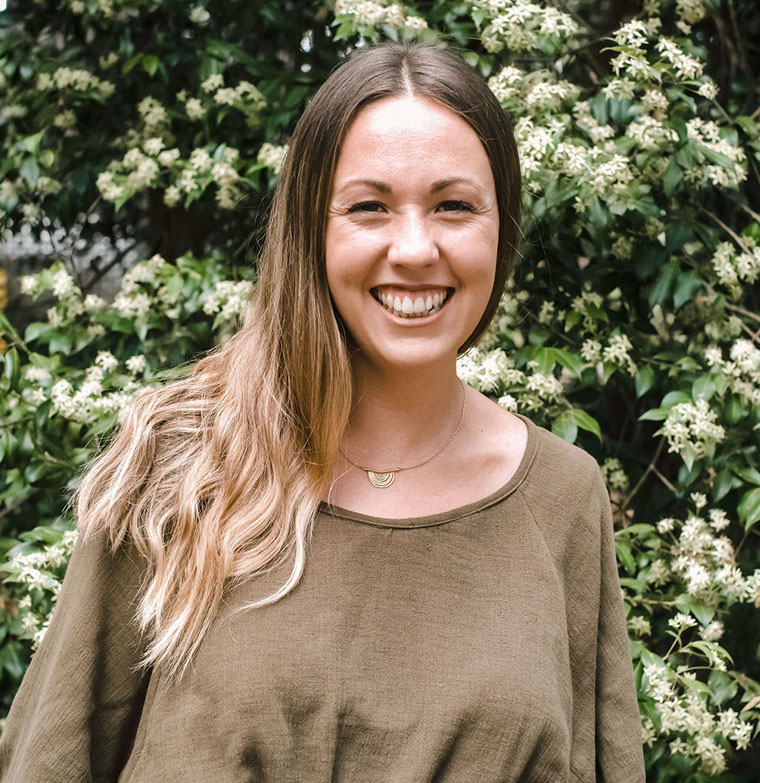
“I’ve seen the difference that putting on a lip gloss can make. It can make these women feel good which can then flow onto other areas of their mental mindset and life.”
Welcome to Women with GRITT: a series where we interview the resilient, hardworking women who have kicked in the glass ceiling and inspire us to do the same.

The beauty industry often gets a bad rap for being superficial or even narcissistic. And do you know what? At times, it can be both of those things. However, as Emma Sullings, Founder of the Happy Boxes Project discovered, beauty products have the power to change lives, too.
Sullings is a teacher by trade who has spent five years living, working and learning in remote communities in the Northern Territory. During her time in outback Australia, Sullings became aware that many of the women and girls in these communities didn’t have access to adequate food supplies — let alone basic toiletries and beauty products.
Via Facebook, Sullings put out a call out to her online network of friends and family for donations that she could then distribute to a youth wellbeing program she was running. Safe to say, she was inundated with donations of basic necessities like shampoo and conditioner, along with some of life’s little luxuries like perfume. It was then that she witnessed the powerful impact that beauty products can have. “Some women had never come across these things before. I’ve seen the difference that putting on a lip gloss can make. It can make these women feel good which can then flow onto other areas of their mental mindset and life.”
In 2019, Sullings stepped the donation drive up a notch, founding not-for-profit the Happy Boxes Project and supplying beauty products to a network of over 25 communities across four states. Good samaritans across Australia can participate in the project by gathering a bunch of beauty products (including basics like shampoo, conditioner, sanitary items and body wash plus and additional items you may have), boxing them up and visiting this page to find out where the boxes are going this month. “We provide the contact details of a coordinator in one of our communities,” Sullings says. “They’ve either grown up there or they’re working there and know the community really well. They will pass that Happy Box onto anyone who needs it the most — it might be a young mum struggling to keep food on the table or it could end up at a women’s refuge centre or mothers group.”
Here, she talks to Gritty Pretty about why she became a teacher, the life lessons she learnt in regional Australia and what she hopes to achieve with the Happy Boxes Project.
Hi Emma! The Happy Boxes Project is such a beautiful initiative and one that you should be really proud of. We’d love to know more about how you became the person you are today. Where did you grow up and how did you get into teaching?
I grew up mainly in a small beachside village called Wallabi Point which is on the mid-north coast of New South Wales. There was a little takeaway shop but overall, it was a very beachside country-style living and I absolutely loved it. Everything revolved around the beach and everyone in the community knew each other.
Then I went to high school in Taree when I was a teenager. I learnt pretty quickly that there was a lot of racism in Taree. The town has a really high population of Aboriginal people but it also has a high level of low socioeconomic families and a high level of disabilities and domestic violence. Then you also had a mix of famers and country folk so it felt quite divisive when I was growing up.
In Taree, I got to meet some people from other walks of life and I became friends with some Aboriginal girls. As we got older, my friends and I would go into Big W [and other stores] — in the middle of the day and we were in school uniform, the staff would check to see that we had a lunch pass. It was very obvious at the time how much time was spent checking my Aboriginal friends’ lunch pass as opposed to how much time was spent checking mine. Then when we would leave the shops, my friends were searched very thoroughly and I was sort of waved through.
That really hit me hard. It made me really angry. Why were [my Aboriginal friends] being treated so differently when I was doing the same thing as them? From then on, I had in my head that I wanted to contribute to changing that. When I got older and was trying to work out what I was going to do with my life, I saw that education was a very powerful way to make a change in society. So I did a Bachelor of Education with Honours in Indigenous Education.

Imagery: Leicolhn McKellar Photography
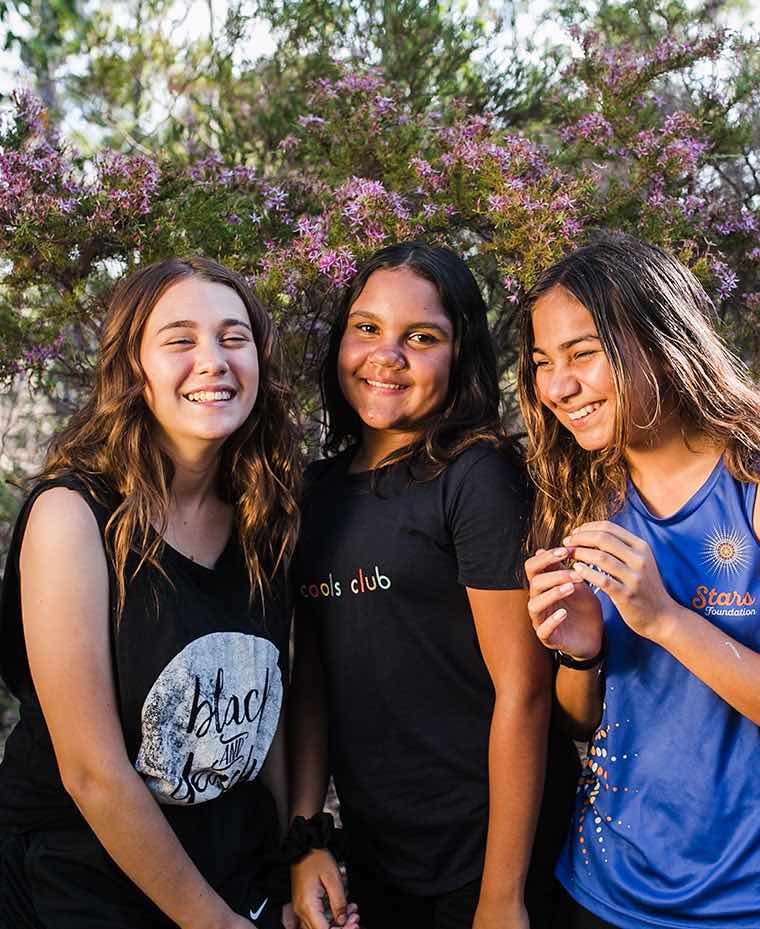
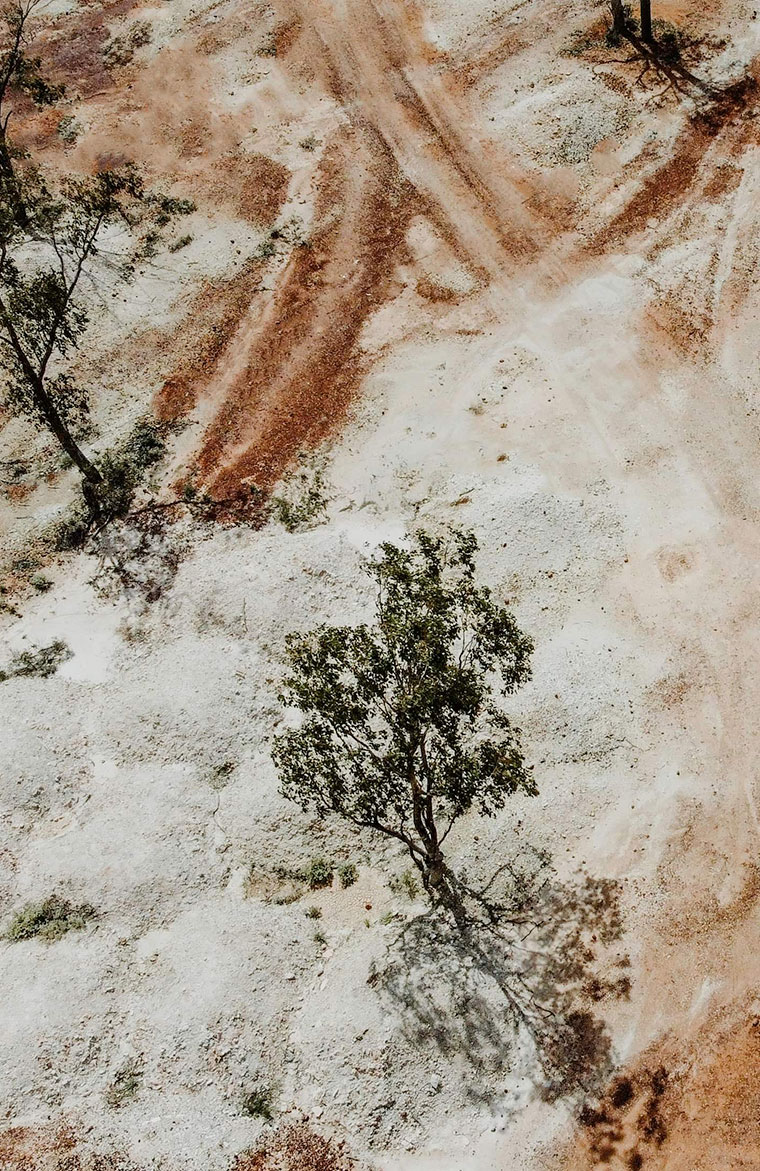
After graduating from university, you spent five years working and living in remote communities in the Northern Territory. What did you learn from this experience?
One thing that has stuck with me is the way that family is everything. Community is everything. It’s not about what you do for a living, it’s who you are as a person. It’s the land that you come from. Because there isn’t the distraction of mainstream media and you don’t have big department stores, there’s very little advertising.
The kids taught me so much about happiness. I think in the world where we’d come from, everyone is striving for that happiness but it always seems to be driven by career or money. When you’re living in a world where none of that matters, you’re forced to strip everything back.
How did the Happy Boxes Project come to fruition?
It came about when I was teaching in a community and was working with a group of girls; we decided to start a bit of a girl gang. We’d meet once per week. As this school was so remote and resources were really stretched, we only saw the school counsellor once per term for one day. It wasn’t enough for a mainstream school let alone a school in a remote location.
This wellbeing programme was a chance for the girls to get together and have some fun. They didn’t have the cinema or shopping centres to go to so it gave them something to look forward to. We did a lot of education around hygiene and self care and changes in puberty and things like that.
When I asked the girls what made them the happiest, it was their families, their relationships with the people in their life and feeling good. It’s interesting because Burt’s Bees recently did a survey on what the biggest drivers of happiness are for Australians and they found the same things: family, physical health and our relationships. Even though the girls live such a different life out there, it’s the same thing for them.
We did a bit of pampering in the girls groups and they wanted to have the opportunity to do some pampering at home. Obviously, when we went to the local store, we didn’t have the budget. So I sent a shout out to my friends and family and said, ‘Do you have any [beauty products] you’re not using at home?’ Everyone did a bit of a rummage and sent us the things they hadn’t used. We were inundated with donations.
We had so many donations that we were able to build Happy Boxes for other women in the community. On International Women’s Day, we got all the girls together and built these beautiful boxes for their grandmothers and mothers, and we drove around the community, knocked on their doors and the girls would say, ‘Here’s a Happy Box just because we love you’. It still brings tears to my eyes.
It wasn’t until I had my daughter at the end of 2019, that I said, ‘This is amazing — it could really be a national charity.’
Why is it so hard for people living in remote areas to have access to basic necessities like toiletries and adequate food?
The communities that we send to are so remote that sometimes they’re at the end of 150 kilometres of red dirt which means they get flooded in in the wet season — they’re just a long way away from anything.
The communities that are lucky enough to have a small store find that because of the cost of freight and the journey that fresh produce has to take to get there, and the lack of competition, the price of everything is extraordinary. One of our coordinators told us that [in her town] there was a tray of meat going for $100 and half a cabbage for $21.
Plus, there’s an overcrowding problem in our remote communities; one in five people are living in a housing situation that is deemed unacceptable. It’s very common for two or three families to be living under one roof.
When [people in remote communities] go to the shop to buy food for dinner, they could be spending their whole pay packed to feed everyone in their house. So by the time you get to toiletries, there’s nothing left. That’s why there are barriers to accessing toiletries, sanitary items and those basic things.
Ok, I want to support the amazing work that you’re doing and create a Happy Box to send to a woman in a remote community. What should I put in it?
We have a guide to what a basic Happy Box should have — they’re the items we’d all struggle to live without like shampoo, conditioner, body wash, face wash, a hair brush and sanitary items. But we also don’t want to discourage sending those luxury items either because they’re the ones that make women feel really special. One of our coordinators said recently that they got a big shipment of perfumes and one of the women had never owned a perfume before — she loved it.
We also want people to contribute what they can afford. Everyone can be a part of the Happy Boxes Project. If that means sending in three bars of soap, that’s okay because our coordinators will hold that and put it with another small donation.
The beauty industry often gets a bad rap for being superficial or even narcissistic. And do you know what? At times, it can be both of those things. However, as Emma Sullings, Founder of the Happy Boxes Project discovered, beauty products have the power to change lives, too.
Sullings is a teacher by trade who has spent five years living, working and learning in remote communities in the Northern Territory. During her time in outback Australia, Sullings became aware that many of the women and girls in these communities didn’t have access to adequate food supplies — let alone basic toiletries and beauty products.
Via Facebook, Sullings put out a call out to her online network of friends and family for donations that she could then distribute to a youth wellbeing program she was running. Safe to say, she was inundated with donations of basic necessities like shampoo and conditioner, along with some of life’s little luxuries like perfume. It was then that she witnessed the powerful impact that beauty products can have. “Some women had never come across these things before. I’ve seen the difference that putting on a lip gloss can make. It can make these women feel good which can then flow onto other areas of their mental mindset and life.”
In 2019, Sullings stepped the donation drive up a notch, founding not-for-profit the Happy Boxes Project and supplying beauty products to a network of over 25 communities across four states. Good samaritans across Australia can participate in the project by gathering a bunch of beauty products (including basics like shampoo, conditioner, sanitary items and body wash plus and additional items you may have), boxing them up and visiting this page to find out where the boxes are going this month. “We provide the contact details of a coordinator in one of our communities,” Sullings says. “They’ve either grown up there or they’re working there and know the community really well. They will pass that Happy Box onto anyone who needs it the most — it might be a young mum struggling to keep food on the table or it could end up at a women’s refuge centre or mothers group.”
Here, she talks to Gritty Pretty about why she became a teacher, the life lessons she learnt in regional Australia and what she hopes to achieve with the Happy Boxes Project.
Hi Emma! The Happy Boxes Project is such a beautiful initiative and one that you should be really proud of. We’d love to know more about how you became the person you are today. Where did you grow up and how did you get into teaching?
I grew up mainly in a small beachside village called Wallabi Point which is on the mid-north coast of New South Wales. There was a little takeaway shop but overall, it was a very beachside country-style living and I absolutely loved it. Everything revolved around the beach and everyone in the community knew each other.
Then I went to high school in Taree when I was a teenager. I learnt pretty quickly that there was a lot of racism in Taree. The town has a really high population of Aboriginal people but it also has a high level of low socioeconomic families and a high level of disabilities and domestic violence. Then you also had a mix of famers and country folk so it felt quite divisive when I was growing up.
In Taree, I got to meet some people from other walks of life and I became friends with some Aboriginal girls. As we got older, my friends and I would go into Big W [and other stores] — in the middle of the day and we were in school uniform, the staff would check to see that we had a lunch pass. It was very obvious at the time how much time was spent checking my Aboriginal friends’ lunch pass as opposed to how much time was spent checking mine. Then when we would leave the shops, my friends were searched very thoroughly and I was sort of waved through.
That really hit me hard. It made me really angry. Why were [my Aboriginal friends] being treated so differently when I was doing the same thing as them? From then on, I had in my head that I wanted to contribute to changing that. When I got older and was trying to work out what I was going to do with my life, I saw that education was a very powerful way to make a change in society. So I did a Bachelor of Education with Honours in Indigenous Education.

Imagery: Leicolhn McKellar Photography


After graduating from university, you spent five years working and living in remote communities in the Northern Territory. What did you learn from this experience?
One thing that has stuck with me is the way that family is everything. Community is everything. It’s not about what you do for a living, it’s who you are as a person. It’s the land that you come from. Because there isn’t the distraction of mainstream media and you don’t have big department stores, there’s very little advertising.
The kids taught me so much about happiness. I think in the world where we’d come from, everyone is striving for that happiness but it always seems to be driven by career or money. When you’re living in a world where none of that matters, you’re forced to strip everything back.
How did the Happy Boxes Project come to fruition?
It came about when I was teaching in a community and was working with a group of girls; we decided to start a bit of a girl gang. We’d meet once per week. As this school was so remote and resources were really stretched, we only saw the school counsellor once per term for one day. It wasn’t enough for a mainstream school let alone a school in a remote location.
This wellbeing programme was a chance for the girls to get together and have some fun. They didn’t have the cinema or shopping centres to go to so it gave them something to look forward to. We did a lot of education around hygiene and self care and changes in puberty and things like that.
When I asked the girls what made them the happiest, it was their families, their relationships with the people in their life and feeling good. It’s interesting because Burt’s Bees recently did a survey on what the biggest drivers of happiness are for Australians and they found the same things: family, physical health and our relationships. Even though the girls live such a different life out there, it’s the same thing for them.
We did a bit of pampering in the girls groups and they wanted to have the opportunity to do some pampering at home. Obviously, when we went to the local store, we didn’t have the budget. So I sent a shout out to my friends and family and said, ‘Do you have any [beauty products] you’re not using at home?’ Everyone did a bit of a rummage and sent us the things they hadn’t used. We were inundated with donations.
We had so many donations that we were able to build Happy Boxes for other women in the community. On International Women’s Day, we got all the girls together and built these beautiful boxes for their grandmothers and mothers, and we drove around the community, knocked on their doors and the girls would say, ‘Here’s a Happy Box just because we love you’. It still brings tears to my eyes.
It wasn’t until I had my daughter at the end of 2019, that I said, ‘This is amazing — it could really be a national charity.’
Why is it so hard for people living in remote areas to have access to basic necessities like toiletries and adequate food?
The communities that we send to are so remote that sometimes they’re at the end of 150 kilometres of red dirt which means they get flooded in in the wet season — they’re just a long way away from anything.
The communities that are lucky enough to have a small store find that because of the cost of freight and the journey that fresh produce has to take to get there, and the lack of competition, the price of everything is extraordinary. One of our coordinators told us that [in her town] there was a tray of meat going for $100 and half a cabbage for $21.
Plus, there’s an overcrowding problem in our remote communities; one in five people are living in a housing situation that is deemed unacceptable. It’s very common for two or three families to be living under one roof.
When [people in remote communities] go to the shop to buy food for dinner, they could be spending their whole pay packed to feed everyone in their house. So by the time you get to toiletries, there’s nothing left. That’s why there are barriers to accessing toiletries, sanitary items and those basic things.
Ok, I want to support the amazing work that you’re doing and create a Happy Box to send to a woman in a remote community. What should I put in it?
We have a guide to what a basic Happy Box should have — they’re the items we’d all struggle to live without like shampoo, conditioner, body wash, face wash, a hair brush and sanitary items. But we also don’t want to discourage sending those luxury items either because they’re the ones that make women feel really special. One of our coordinators said recently that they got a big shipment of perfumes and one of the women had never owned a perfume before — she loved it.
We also want people to contribute what they can afford. Everyone can be a part of the Happy Boxes Project. If that means sending in three bars of soap, that’s okay because our coordinators will hold that and put it with another small donation.


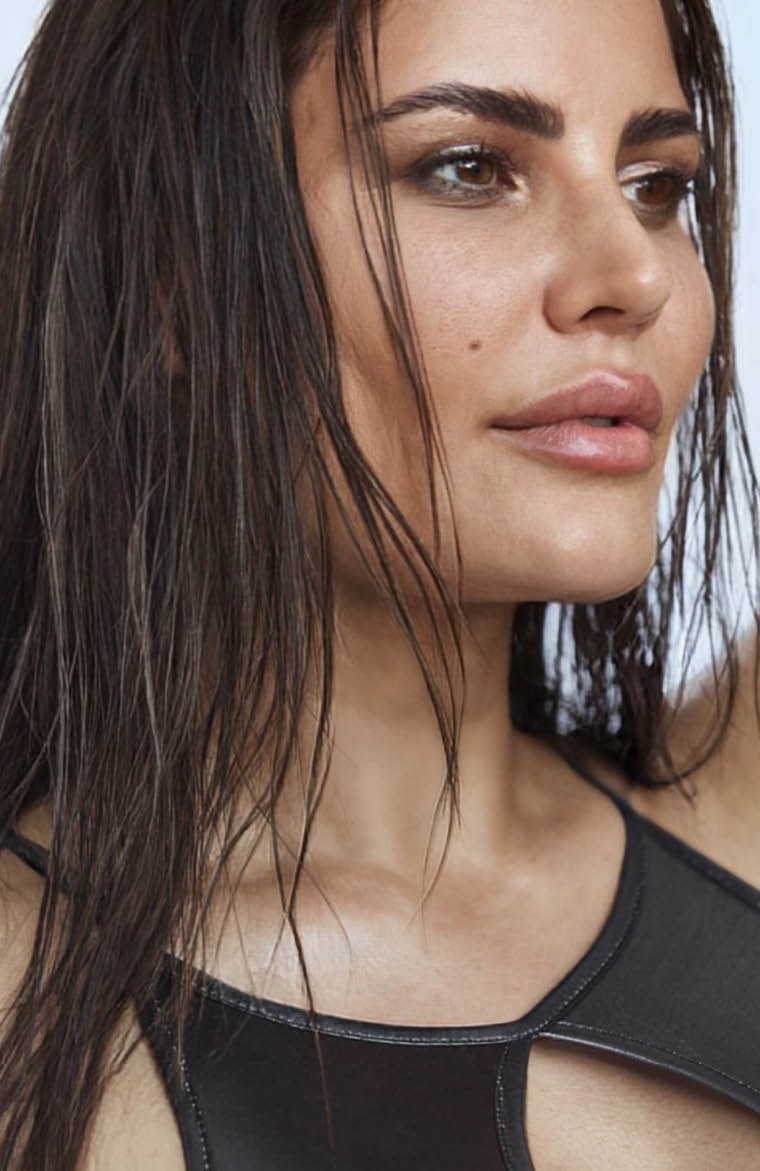
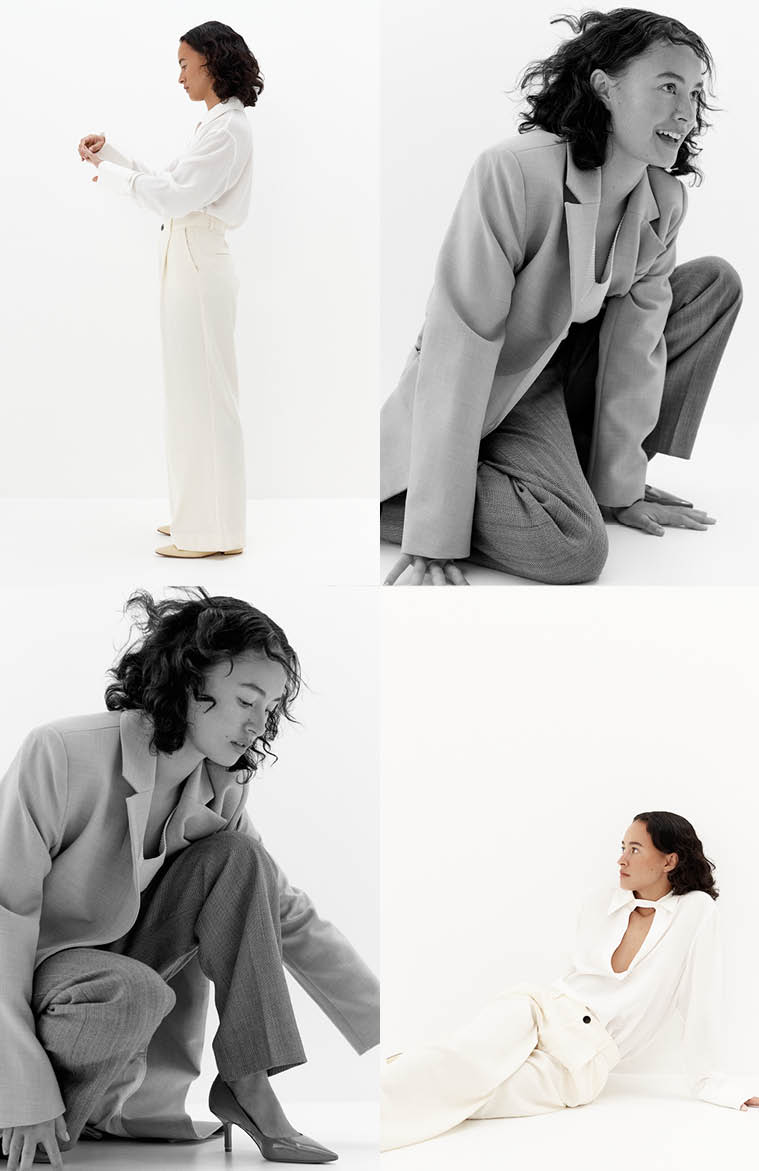
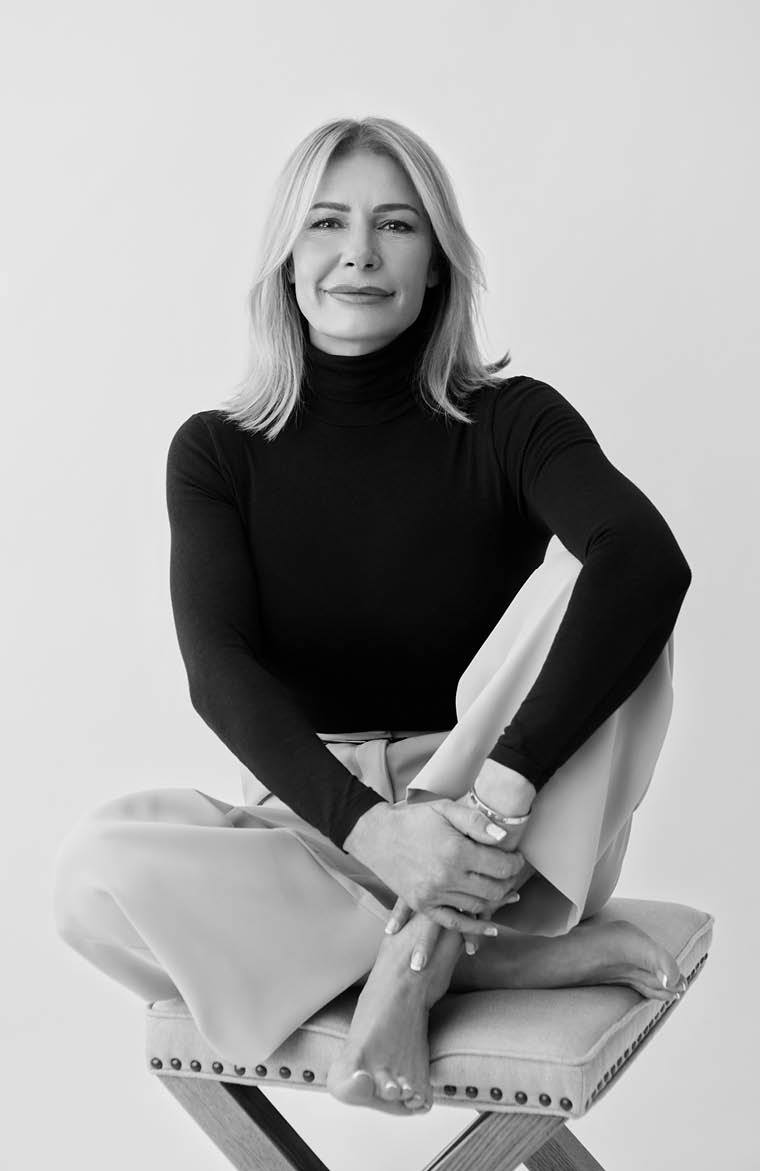
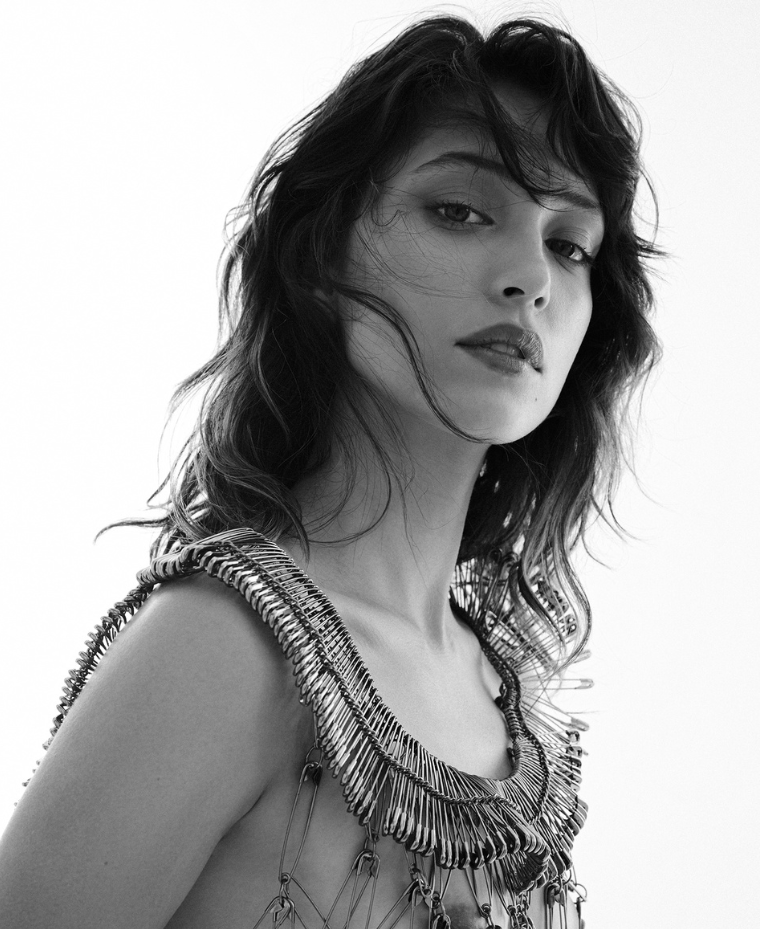
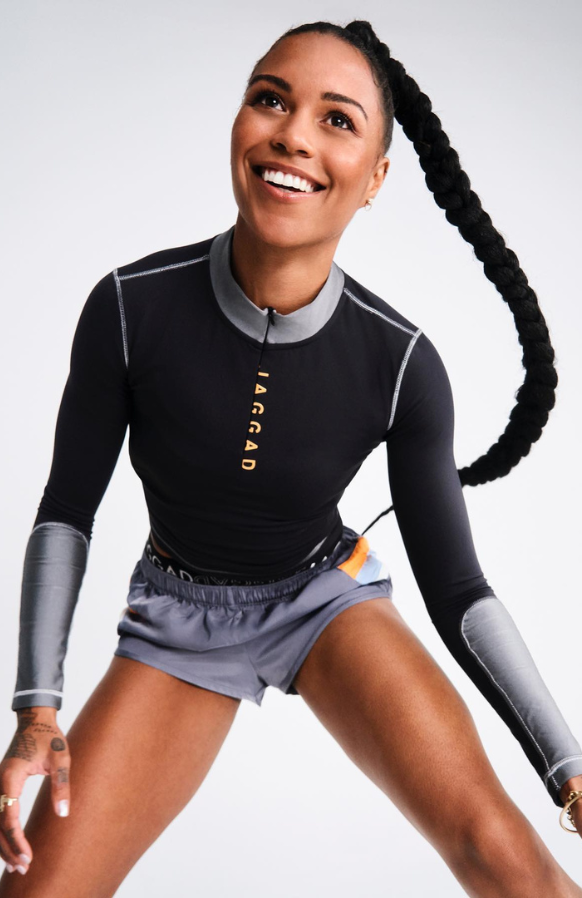


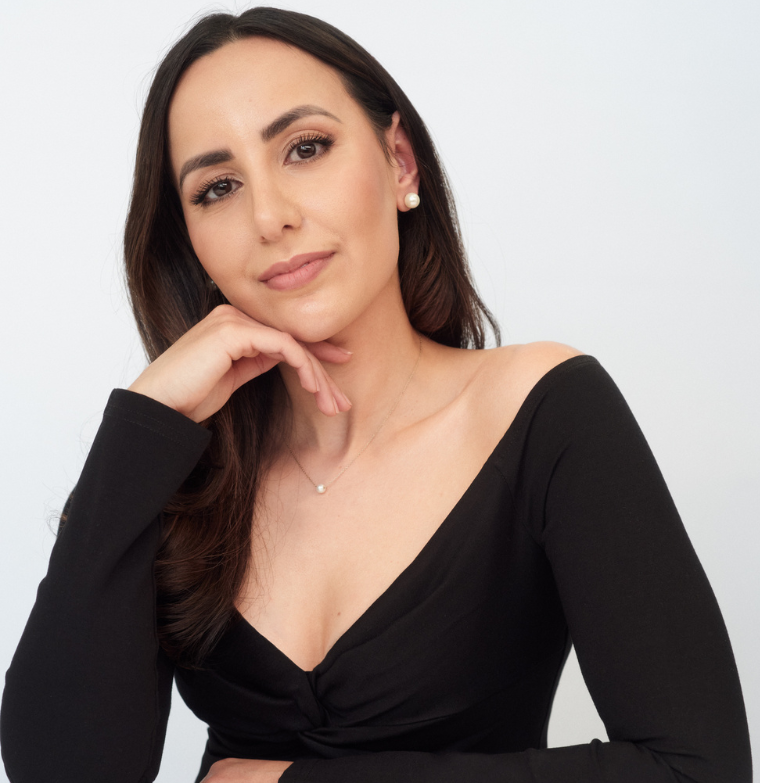


Comments
Can you please provide me me with some sponsorship information about your Happy Boxes. Thank you.
What an amazing woman, and such and amazing project! Thank you Gritty Pretty for making this beautiful article and showing us that there are incredible people like Emma out there that step outside of their comfort zones and help others. The world and Australia need more Emmas" and through this media support more people can feel inspired and proud of their achievements. The Happy Boxes project and Emma's hard work shows the power of kindness, how small acts can become a movement and how these small acts turn into the biggest changes for individuals and societies. I'm extremely touched by this article and by Emma. Thank you so much for helping this world to become a more beautiful place and thank you Gritty Pretty for showing how amazing and gorgeous persons are in our community.